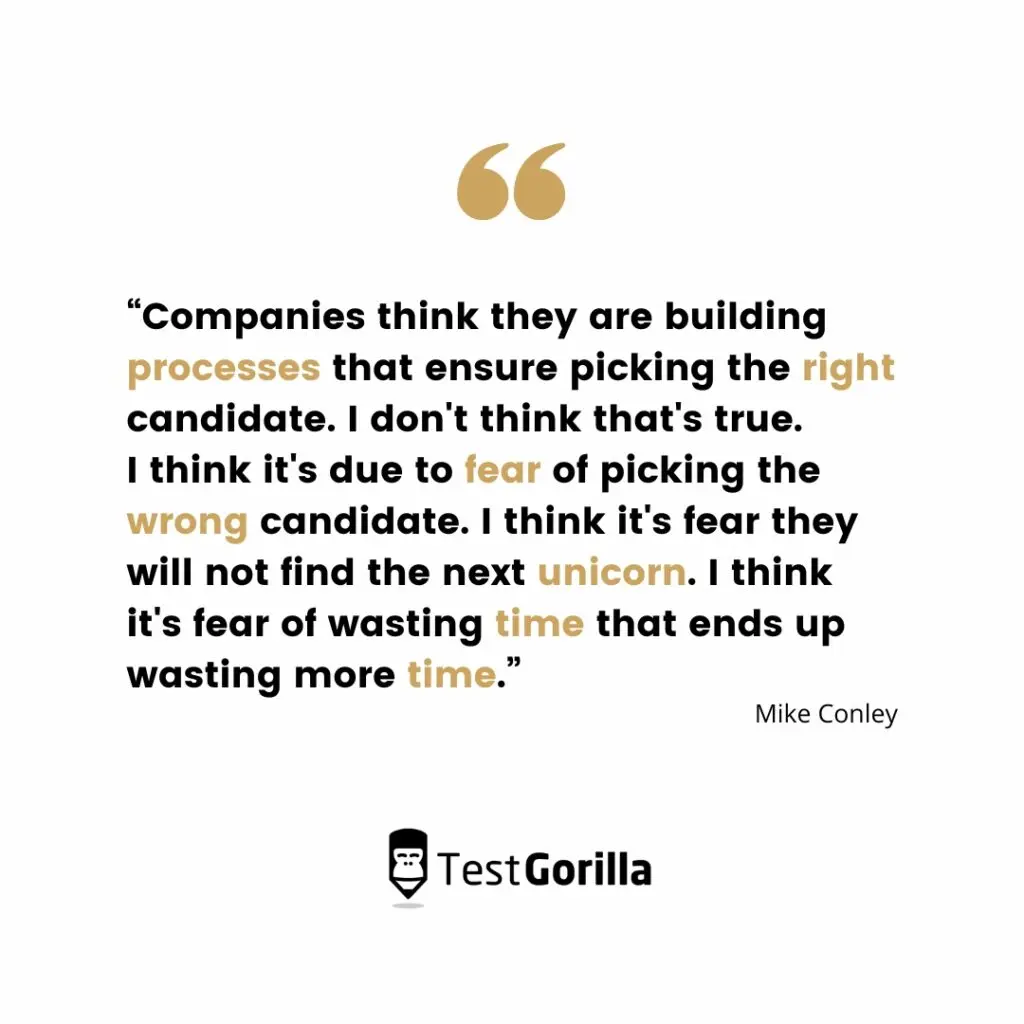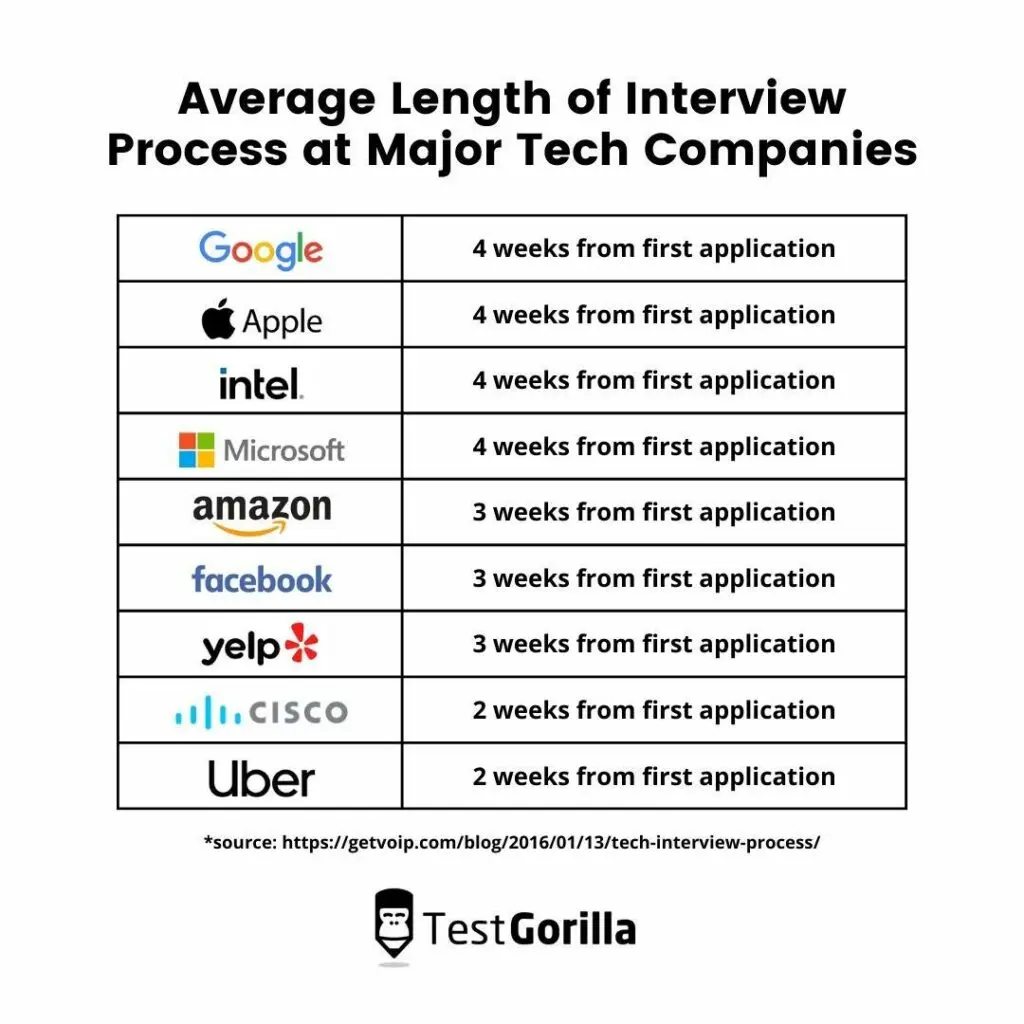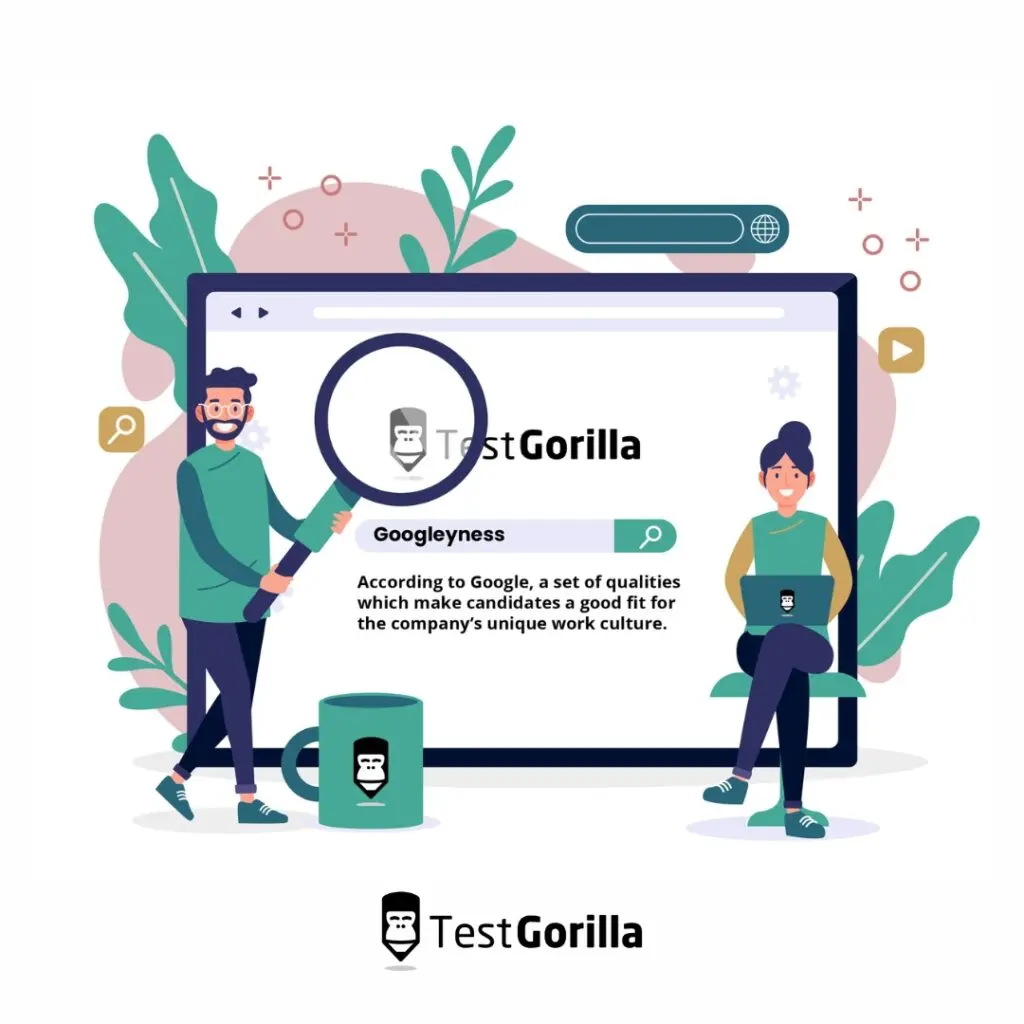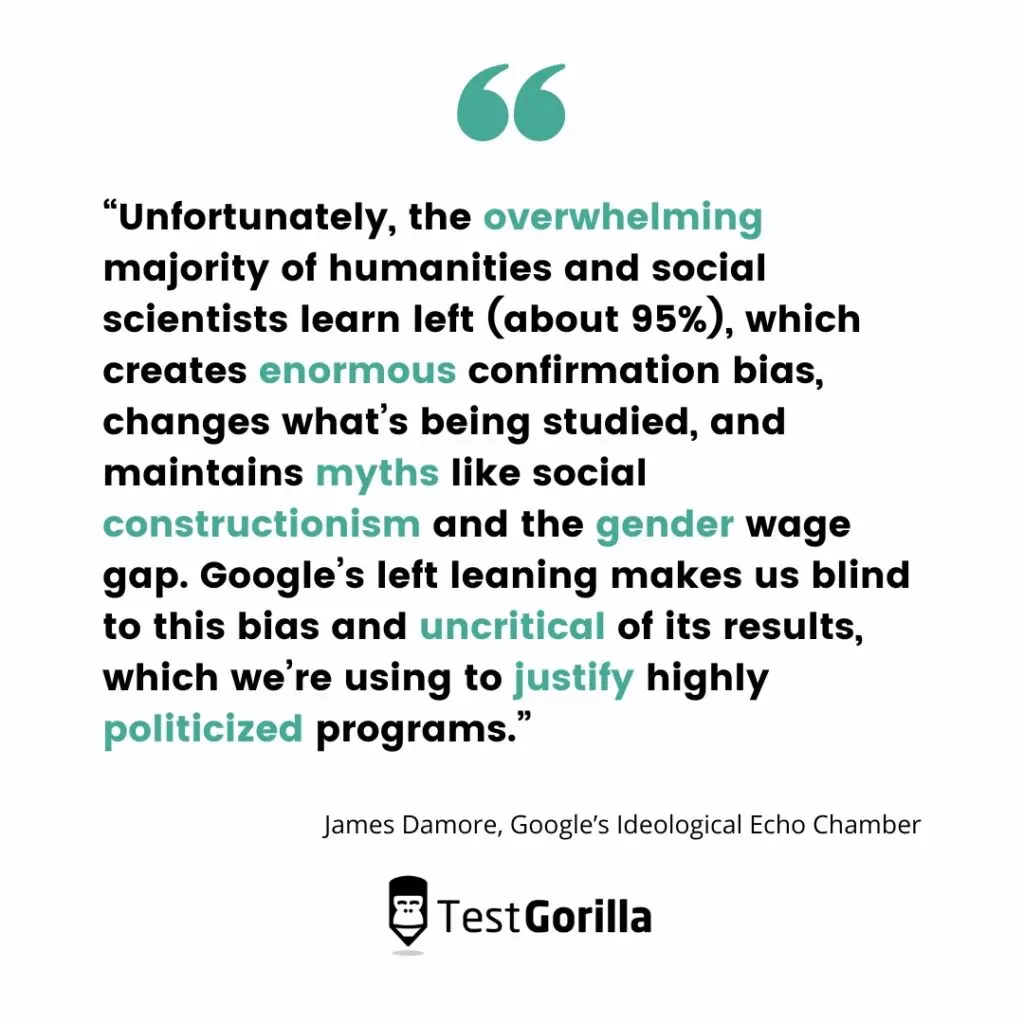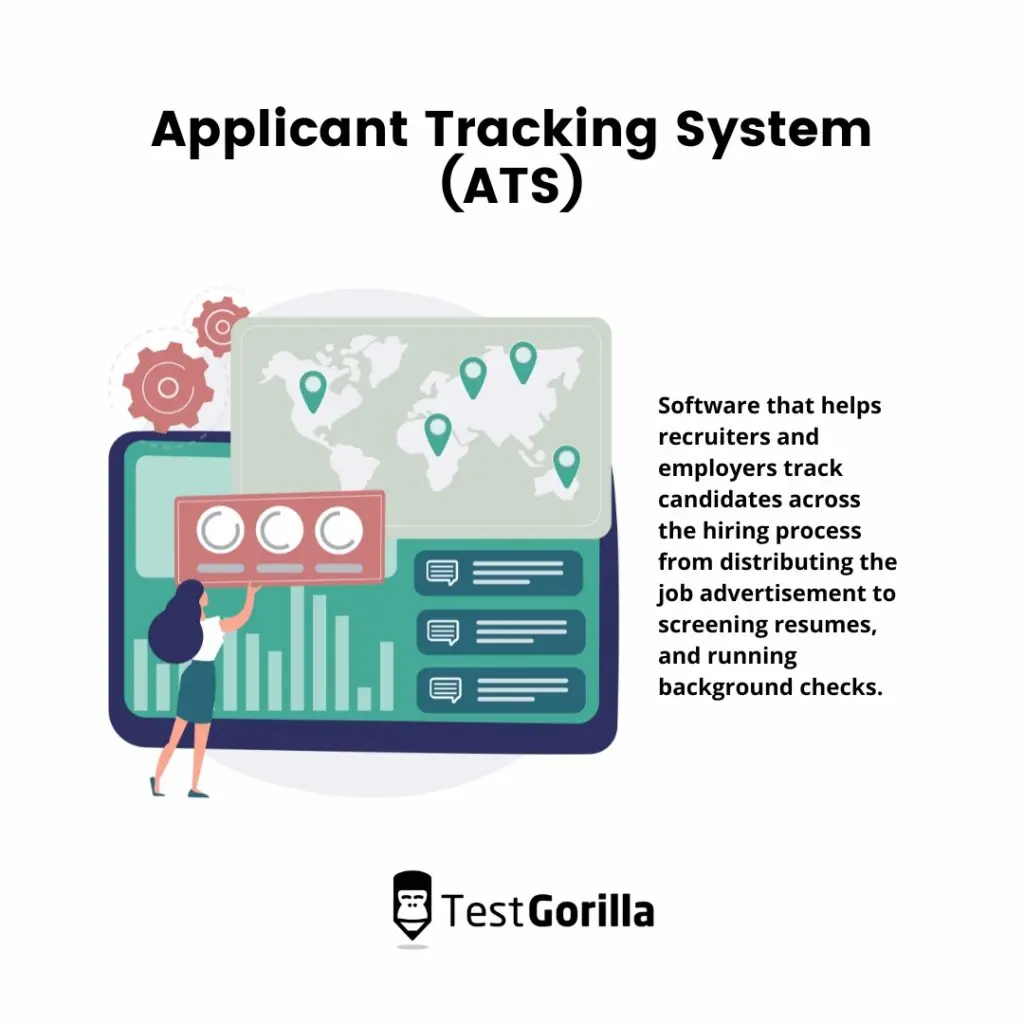From India to the United States, labor analysts across the world can’t stop talking about the red-hot job market. But while statisticians might be happy to celebrate record-breaking figures on labor force participation and plunging unemployment levels, candidates are experiencing a very different reality.
In 2021, the software engineering veteran Mike Conley published a heartfelt LinkedIn post about why hiring is broken at many tech companies. After losing his job at the peak of the Covid-19 pandemic, Conley began looking for opportunities and was invited to interview for a director-level role at a promising startup.
Three rounds and two weeks later, he still hadn’t received an offer. The final straw came when the startup’s HR team approached him to schedule a further six meetings. At this point, he opted to bow out of the running, citing his discomfort with the unnecessary difficulty and length of the organization’s hiring process.
It was a message that resonated with job seekers used to dealing with multiple rounds of interviews and unresponsive HR teams. But at a time when many companies are scrambling to find talent, why is it taking so long to screen candidates?
Table of contents
Google’s hiring process: Guiding light or false idol?
For years, Google has been considered the gold standard for recruitment. It attracts more than three million applicants yearly, with top-tier candidates regularly vying for open positions. With so much talent to choose from, the company has adopted some highly publicized practices to ensure only the best are brought on board.
How hard is it to get a job at Google?
The first thing to understand about Google’s hiring process is that it’s grueling. Candidates have spoken out about the company’s rigorous, multi-phase hiring process in every forum, from subreddits to blog posts. Once applicants pass a primary resume screening and recruiter call, they’re sent packets consisting of several pages of preparatory documents and are advised to take weeks to brush up on these materials to ensure success in the next phase.
What follows is a series of interviews that, on average, span a month.
First, there’s a phone evaluation that takes around 60 minutes. If you’re successful here, then you’re invited for on-site interviews. Meetings are usually conducted back-to-back, with as many as six scheduled on the same day. Candidates get all kinds of questions thrown their way in these sessions, from intricate brain teasers to so-called “whiteboarding” tests, where they are given a complex technical problem, a whiteboard, and a specified amount of time to solve the issue.
Suppose you’re able to withstand this pressure cooker. In that case, you’re recommended as a “hire” or “strong hire,” at which point you may be passed on to an independent hiring committee made up of individuals who were not previously involved in the hiring process. This committee will ultimately be responsible for deciding whether you are selected for the position or not.
Once again, you can expect multiple types of questions, but one crucial quality scrutinized closely at this stage is “Googleyness,” a somewhat nebulous phrase that’s interpreted differently according to who you ask but boils down to whether a candidate is aligned with the company’s culture.
If the committee provides favorable feedback, you might be hired directly or recommended for further interviews to determine whether there’s a team that suits your specific skill set. But, of course, you can only expect an offer from the company if this team-matching stage goes well.
Why the process doesn’t work
Now, ask the staffing team at Google, and they’ll tell you that this system is set up to be as objective as possible. However, the outcome of their process has been anything but definitive. Two-thirds of the company’s workforce is still male, and although the number of Latinx and Black employees is rising, these groups are still vastly underrepresented overall.
Google has also been at the center of some high-profile controversies in recent years regarding its workplace culture and treatment of minority employees. In 2017, James Damore, an ex-Google engineer, was fired after publishing a 10-page internal memo titled “Google’s Ideological Echo Chamber.” The document argued that due to inherent biological differences, women are less well suited to the company’s core activities and, thus, should be hired less frequently than men.
In 2020, Google came under fire for the unexpected firing of Timnit Gebru, a prominent AI ethicist and co-lead of Google’s Ethical Artificial Intelligence Team. Gebru was acclaimed for her work highlighting racial bias in facial-recognition technologies and was considered a champion of diversity in the field.
In response to these incidents and other criticisms, Google has looked to update its policies in recent years. For example, the number of interview rounds has been reduced to ensure a more streamlined hiring process, and further guidelines have been added to the company’s definition of Googleyness to make the term less synonymous with the concept of culture fit. Nevertheless, there is still a sense that some of the core issues with the company’s hiring practices are going unaddressed.
Considering that the average candidate has to undergo months of preparation just to interview at the company, it makes sense that people from less privileged backgrounds and more diverse socioeconomic groups might have a harder time getting hired. They simply don’t have the luxury of time to get through the intensive interviews.
At a certain level, you also have to acknowledge the sheer number of applications Google receives and how difficult it can be to select the most suitable candidates from such a massive pool.
One example is a response to a post from the open-source maven Sahat Yalkabov, in which he talks about his disappointment with the interview experience at the company. An alleged Google interviewer shoots back, saying: “I don’t have time to read your GitHub projects, your blog, your existing code, or your meticulous attention to detail in your commit messages. I get a resume in. I look at it for 10 minutes. If it’s sane, I set up a phone screen.”
Now, if that’s the best a company that recruits at the highest level possible can offer, then it’s no wonder that employers working with more limited resources are having trouble fixing their broken processes.
Developing a recruitment strategy that works
Why ATS recruitment isn’t the answer
Of course, the logical question that follows is: how? Many organizations have turned to technology to solve the problem, with sophisticated application-tracking software at the top of the list.
These tools are designed to process and store data from thousands of job applications and then screen this information for specific eligibility criteria based on the HR team’s direction. Qualifying details could include years of experience, location, or academic credentials. More advanced systems can also rank candidates based on how well their resume aligns with the job description or whether certain keywords and terms are present in the CV.
Unfortunately, many of the filters used by these systems work based on inference rather than proven value. For example, the software might be set up to exclude applicants with fewer than five years of experience in a particular programming language under the assumption that only someone who meets this criterion could succeed in a given position. As a result, the company would end up disqualifying many candidates with solid general cognitive abilities and highly transferable skills who would have the potential to outperform applicants with more machine-ready resumes.
In a world where recruiters and HR teams constantly lament the shortage of skilled talent, this scattershot approach to candidate screening isn’t good enough.
Look for job skills, not keywords
The global management consultancy McKinsey International recently surveyed American job seekers and found that the second-most cited barrier to employment was a perceived mismatch between employers’ expectations and workers’ skills. In addition, 26% of respondents said that a lack of required education and/or credentials prevented them from getting their desired jobs.
As part of the solution to this problem, the organization recommends switching to a skills-based approach to hiring, which would enable employers to access an additional pool of around 106 million candidates across the country whose expertise isn’t supported by a traditional four-year college education.
Quality not quantity
Of course, assessing candidates’ skills at scale is no easy task. So, if you’re building your recruitment funnel like Google’s with the aim of getting as many applicants in at the first stage in order to whittle down their numbers through successive rounds of screening, then it’s time to rethink your strategy.
If instead, HR teams advertised open positions with a defined compensation range and an accurate definition of the day-to-day duties of the job, they’d be far more likely to get candidates at the right career stage who are aligned with their vision. In turn, hiring managers would be saved the headache of sorting through hundreds of resumes in the hopes of finding the perfect hire.
Pre-employment testing is proven and effective
Pre-employment tests are a great way to filter your applicant pool while also providing candidates with a realistic view of the competencies they’ll need for the role. During the 1990s, the circuit manufacturing giant Texas Instruments gave assessments to everyone who applied to the company. Each candidate received their results within a few days of completing the evaluation. For the most part, those who didn’t perform well on the test would remove themselves from the process, saving the company the trouble of processing their applications.
One important thing to note here is that the method for ranking candidates needs to be as objective as possible. Research by Nathan Kuncel at the University of Minnesota shows that simple algorithmic rankings outperform humans comfortably when evaluating job applicants’ suitability. However, HR teams are far better at determining the requirements for a position and the specific information that should be elicited from candidates to facilitate a hiring decision.
Get your interview process right
We’ve established that interminable interview rounds are more likely to frustrate candidates than ensure high-quality hires, but that doesn’t mean human interactions shouldn’t play a role in the process.
Establishing a firm hire-by date and ensuring prompt communication with all applicants is vital for companies here. A strict deadline ensures that candidates aren’t left feeling strung along by a prospective employer. Indeed, data from the staffing agency Robert Half shows that 62% of American job seekers are likely to lose interest in a role if they don’t receive feedback within ten days.
Another critical aspect of getting interviews right is aligning decision-makers with HR teams. Often, the latter will communicate different requirements to the candidate than the hiring managers, so when prospects get past the initial screening, they realize they’re interviewing for a different role than they envisaged. The resulting mismatch can cause unnecessary hiring delays.
Bringing more managers and committees into the loop won’t fix this problem – quite the opposite, in fact. In a bid to seek consensus from all areas of the organization, employers are far more likely to lose track of what they’re looking for in a candidate.
Companies that streamline the interview stage and emphasize proven skills and competencies can set themselves apart from the competition and take full advantage of the talent on offer in this “red-hot” job market.
Related posts
Hire the best candidates with TestGorilla
Create pre-employment assessments in minutes to screen candidates, save time, and hire the best talent.
Latest posts
The best advice in pre-employment testing, in your inbox.
No spam. Unsubscribe at any time.

Hire the best. No bias. No stress.
Our screening tests identify the best candidates and make your hiring decisions faster, easier, and bias-free.
Free resources
This checklist covers key features you should look for when choosing a skills testing platform
This resource will help you develop an onboarding checklist for new hires.
How to assess your candidates' attention to detail.
Learn how to get human resources certified through HRCI or SHRM.
Learn how you can improve the level of talent at your company.
Learn how CapitalT reduced hiring bias with online skills assessments.
Learn how to make the resume process more efficient and more effective.
Improve your hiring strategy with these 7 critical recruitment metrics.
Learn how Sukhi decreased time spent reviewing resumes by 83%!
Hire more efficiently with these hacks that 99% of recruiters aren't using.
Make a business case for diversity and inclusion initiatives with this data.

